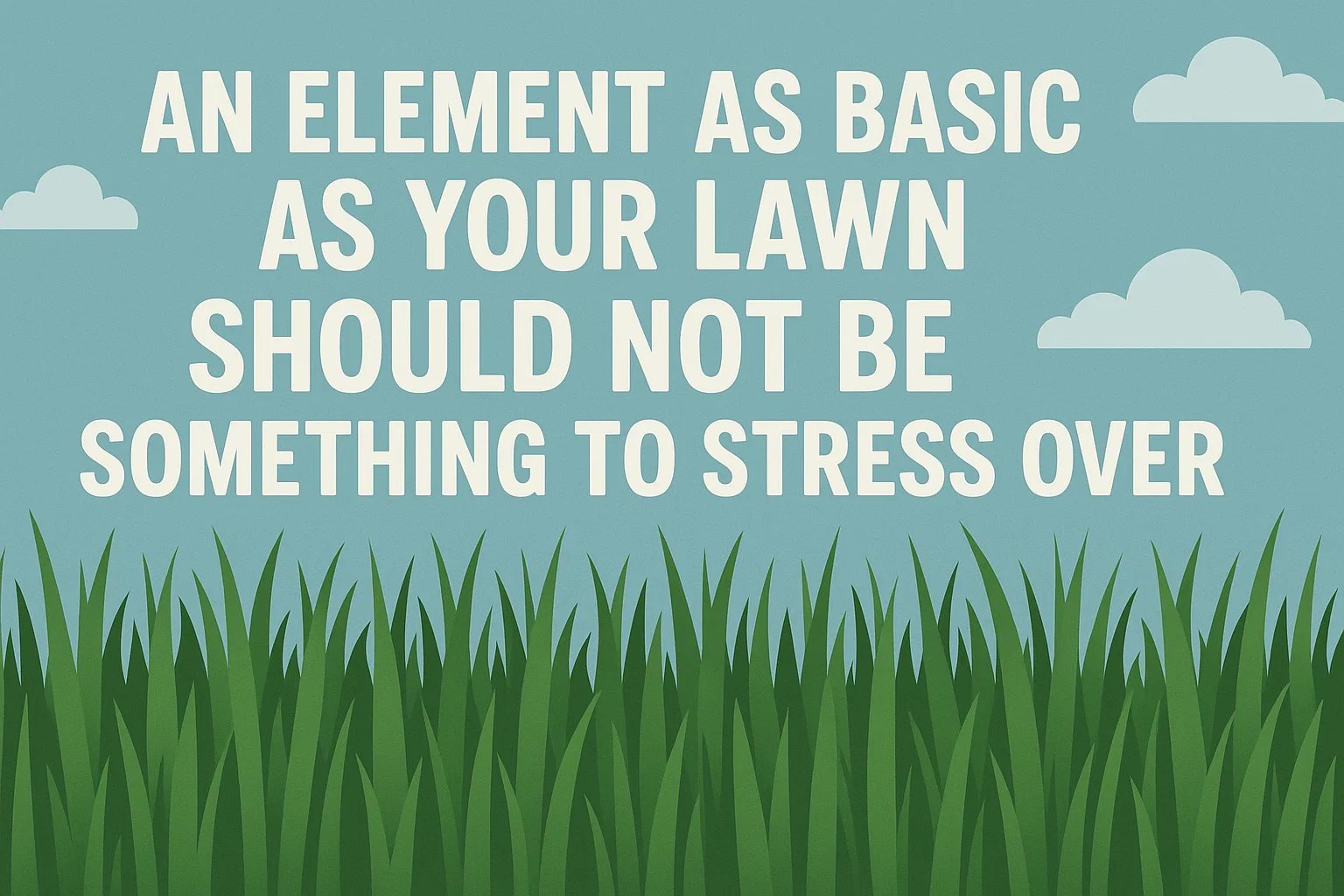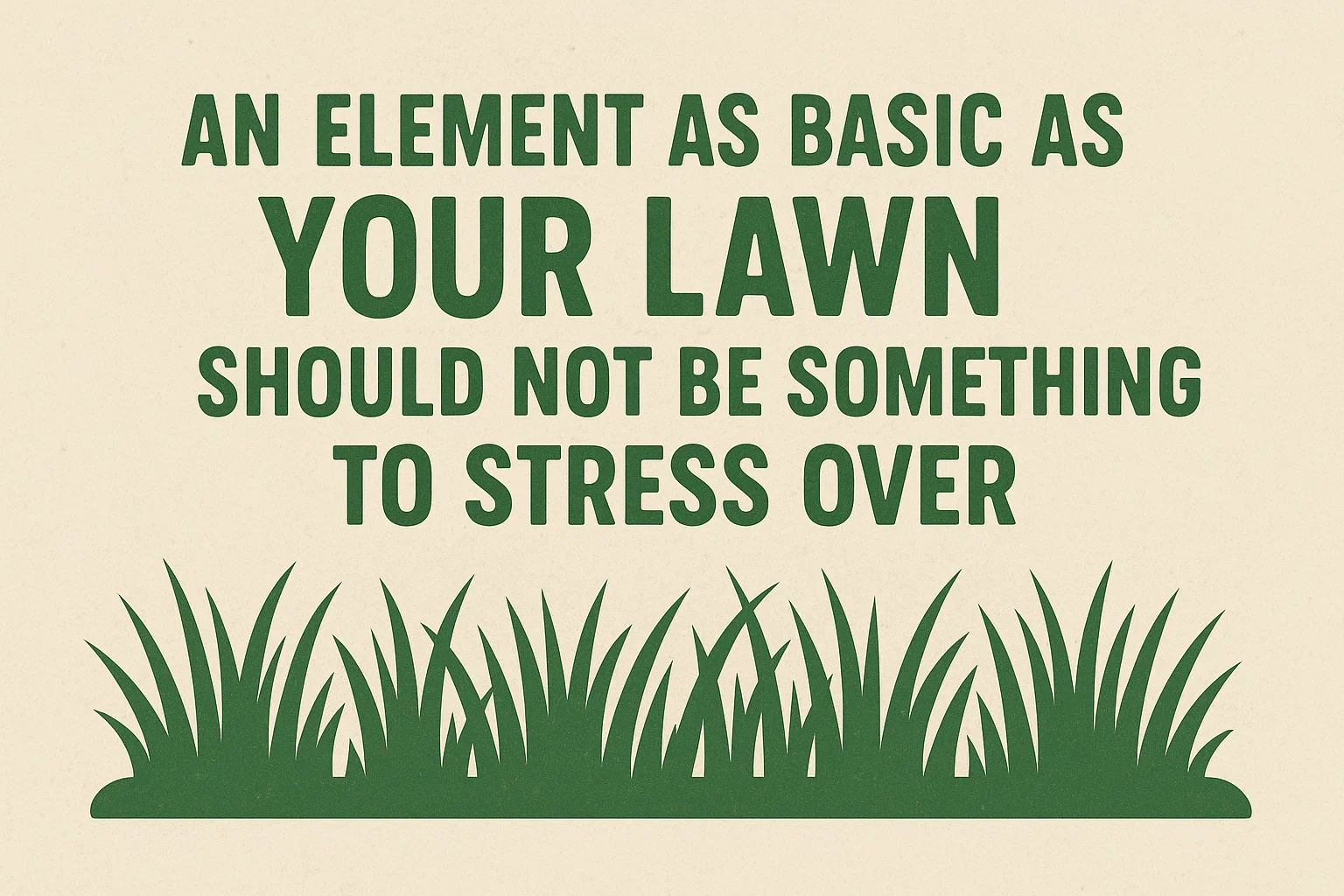An Element as Basic as Your Lawn Should Not Be Something to Stress Over

An Element as Basic as Your Lawn Should Not Be Something to Stress Over
It should be a simple set up with minimal upkeep, allowing you more time to enjoy your yard. However, seasonal changes can be hard on your grass. If your lawn becomes damaged due to the elements, there are ways to lessen the effects and avoid permanent damage.
Icy Winters
While the winter often means barren trees and dormancy, your yard can still flourish if cared for correctly. Regular maintenance in preparation for long, cold winter months is key. This involves implementing a regular mowing schedule to maintain a healthy grass height, providing an appropriate amount of fertilizer, and avoiding high traffic in grassy areas not protected by snow.
Mow Regularly, But Not Too Often
Be sure to keep your grass at a recommended medium height, about 2.5 inches in the wintertime, and resist cutting too often. Cutting the grass too low and too often can lead to a multitude of issues that stress the plant by reducing the leaf surface area needed for photosynthesis.
Fertilize
Adding fertilizer before winter arrives helps grow a lush, healthy lawn when the plant springs back after dormancy. Apply it prior to the first freeze in your area, using the correct amount for your lawn size.
Reduce Irrigation
Fall is a good time to reduce or stop irrigation. In freezing climates, stopping watering altogether may be best to avoid ice-related damage.
Prepare for Snow or Frost
Avoid plowing snow onto your yard, as snow acts as an insulator. If frost occurs, avoid walking on frozen grass to prevent irreparable damage. Lightly watering frost-covered grass before stepping on it can help mitigate harm.
Extreme Summers
The intense summer sun can harm your grass. Maintain a regular mowing schedule, water efficiently, and reduce foot traffic to keep your yard healthy.
Again, Mow Regularly, But Not Too Often
Keep grass at a taller height (around 3 inches) to shade soil and retain moisture. Ensure lawn mower blades are sharp to avoid brown, dead tips on grass.
Water Correctly and Efficiently
Water early in the morning to reduce evaporation. Aim for one inch of water weekly, split into two sessions if needed.
Stay Off the Lawn
Avoid stepping on dry grass to prevent soil compaction and root damage.
Drought Conditions
Droughts threaten lawns, but proactive measures can help maintain healthy turf despite watering restrictions.
Lessen the Lawn
Consider xeriscaping with native, drought-tolerant plants. Group plants by water needs and use low-maintenance options in high-traffic areas.
Compost
Use compost or organic fertilizer instead of chemical fertilizers to nourish soil without accelerating growth.
Water Source From Runoff
Collect rainwater with barrels under gutters or air conditioners to create a sustainable water source during restrictions.
Keep Your Yard Looking Sharp
Seasonal challenges can be overcome with planning. Maintain grass height, water infrequently, and minimize foot traffic to enjoy a vibrant lawn year-round.




